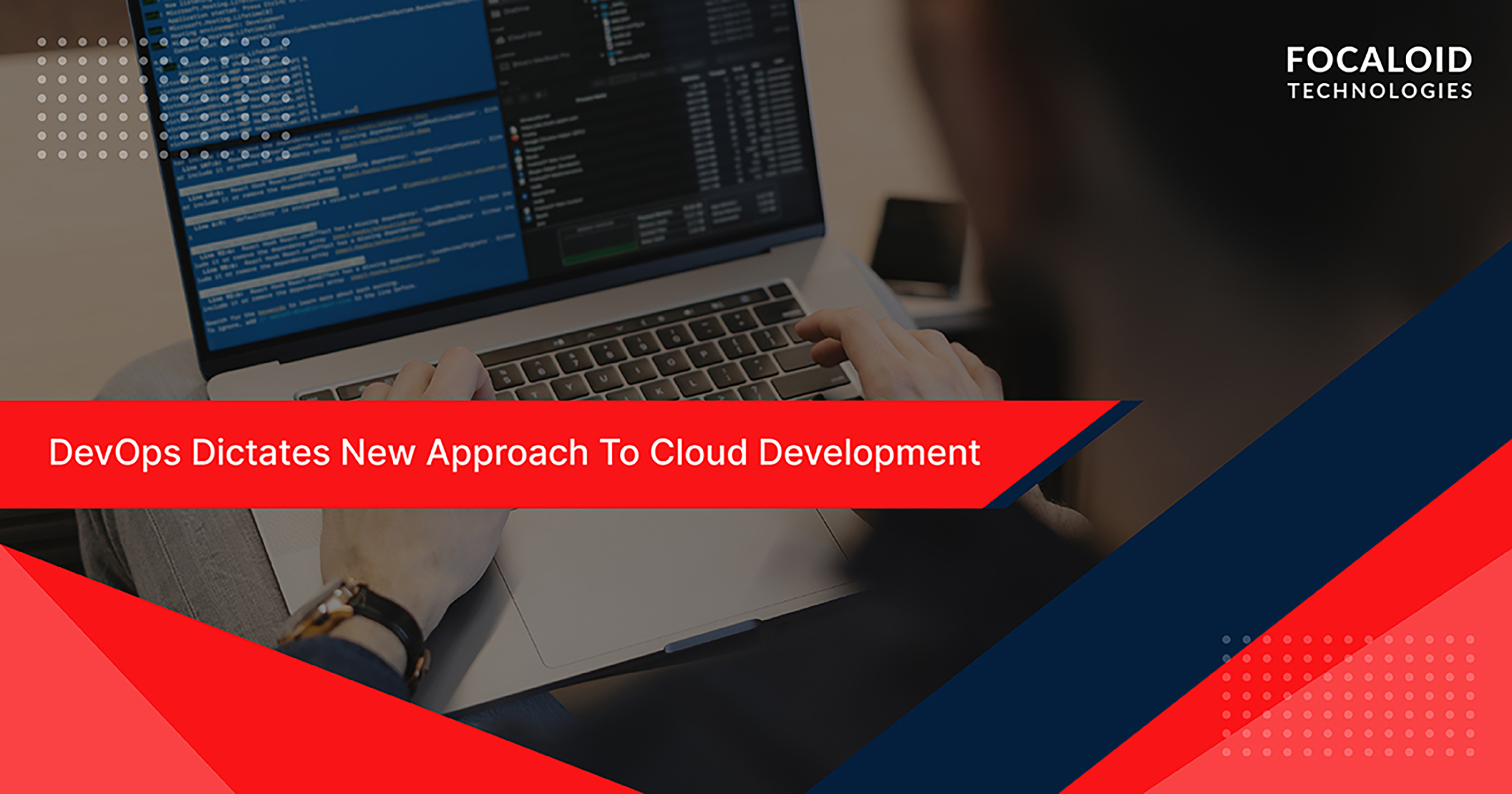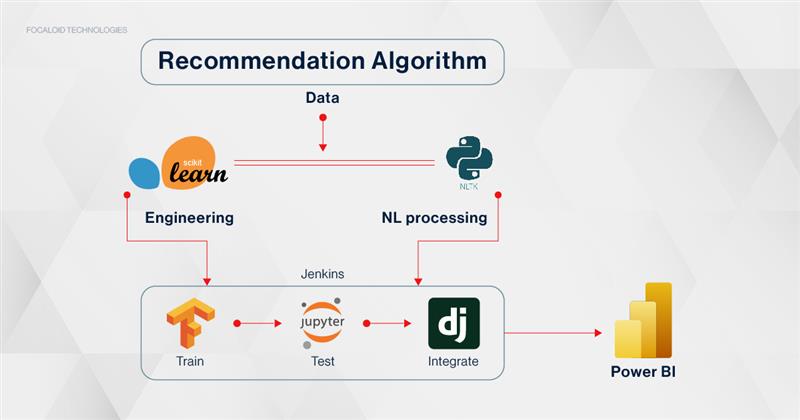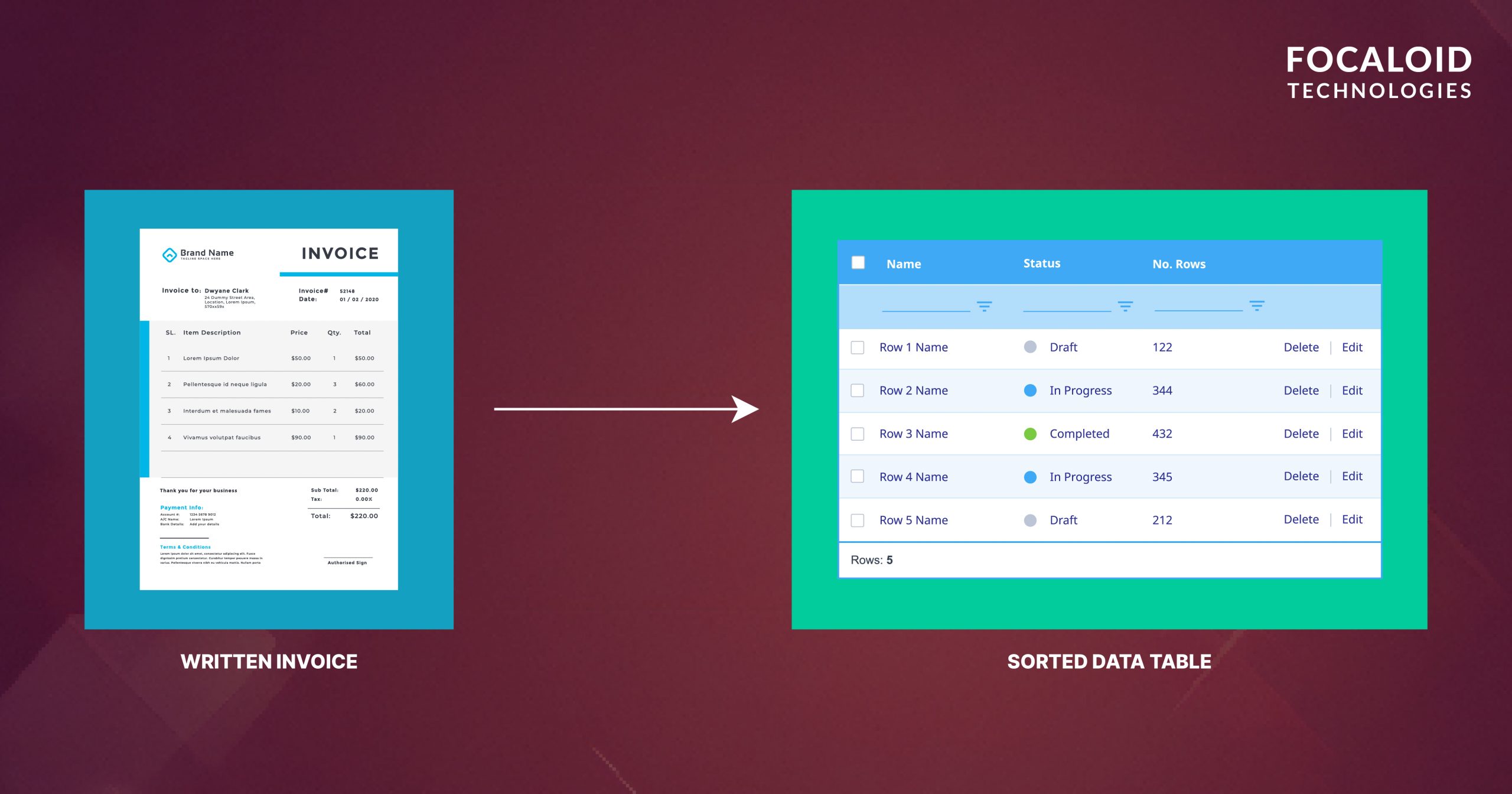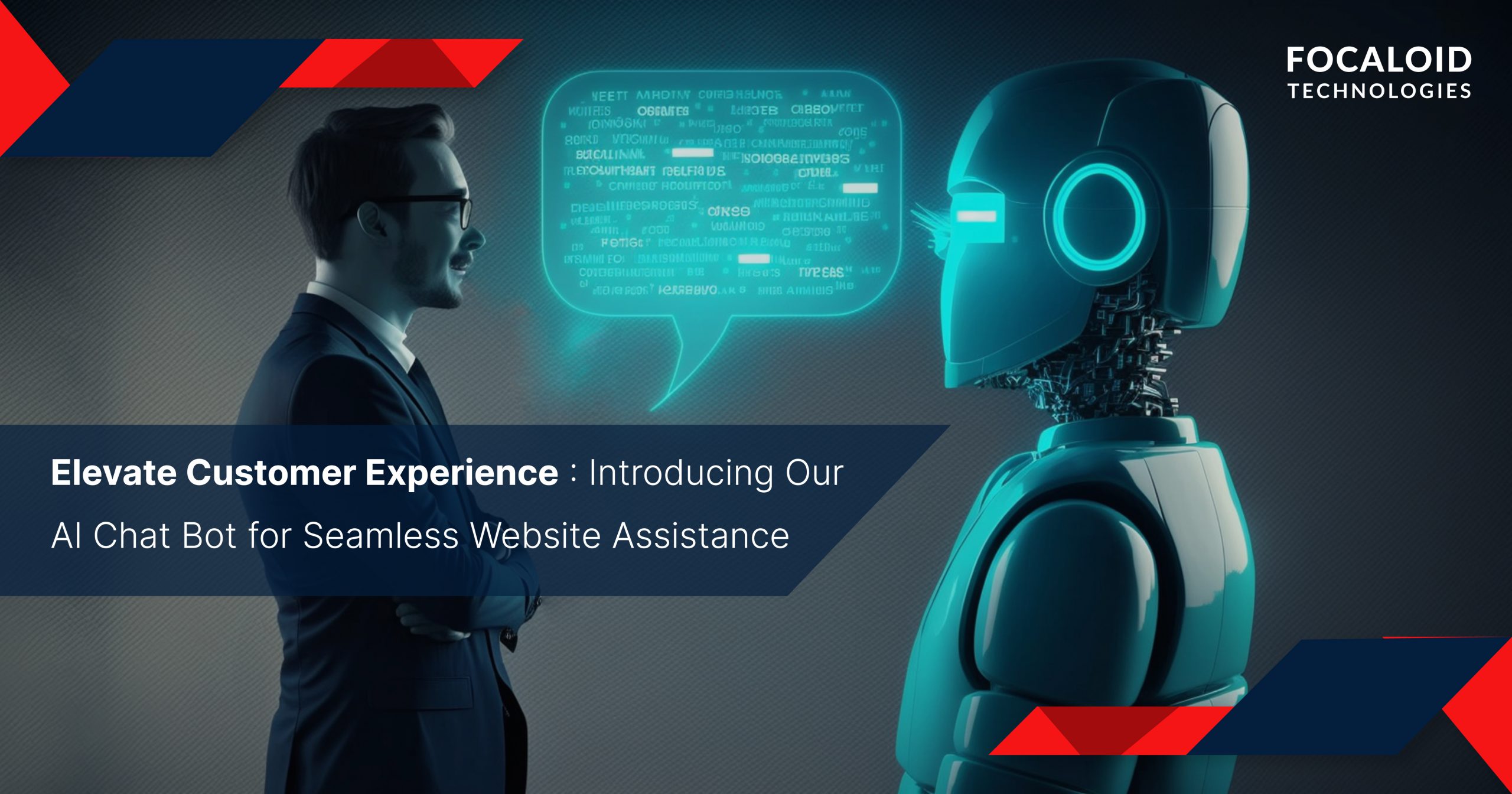DevOps |
DevOps Services Create a New Direction Toward Cloud Development
14/10/2022
DevOps Services Create a New Direction Toward Cloud Development
In today’s world, cloud and DevOps services are inseparable. DevOps is used in the overwhelming bulk of cloud projects, and that number is expected to grow in the near future. Likewise, the advantages of integrating DevOps into cloud-based initiatives are starting to emerge as well. Most tech-backed organizations are moving to utilize the array of benefits provided by cloud integrations.
Quicker application delivery to suit the company’s requirements, faster incorporation of user feedback into the system, and reduced costs throughout each process stage, including design, validation, installation, and maintenance, are all part of the package. Moreover, cloud technologies also help businesses scale horizontally without much hassle of purchasing infrastructure and hiring new talent.
How cloud computing is evolving, why it is growing, and, most crucially, what you can do as a programmer and a business to adapt to these changes are all topics we cover in this article. Our attention will also be drawn to how DevOps services revolutionize traditional and cloud-based software integrations, how businesses benefit from these technologies, and what the future has in store.
The Paradigm Shift in DevOps
DevOps, at its heart, is the automated application of agile principles to software development. The goal is to give developers the tools they need to react quickly and intuitively to the paradigm shift the current corporate world is going through. This means that DevOps services have the potential to drastically reduce the delays that have plagued software development for decades. It is also quite cost-effective and sustainable for businesses in the long term. With cloud technology, DevOps machinery has access to a standardized and consolidated platform for design, development, testing, and deployment. In the past, software-based deployment didn’t work well with the decentralized nature of specific enterprise applications. However, a wide range of problems associated with dispersed complexity can be overcome by using a cloud platform.
Increasingly, the cloud is where DevOps automation tools are being used. DevOps is supported systemically on the platform of the vast majority of public and commercial cloud computing service providers, and this includes integration and development tools that are constantly updated. This close connection reduces the expense of implementing DevOps automation tools in-house and provides a single point of management for a healthy DevOps workflow. It’s simpler to centrally control this via the cloud than to bring the distinct divisions under control in-house. Several programmers who enter this domain find that effective cloud integrations and management protects the resilience of the software and keeps them compliant with industry standards.
In cloud-based DevOps, tracking resource usage is less of a hassle. Usage-based accounting is used in the cloud and this helps keep tabs on how much of which system is used and by whom. The other existing approaches often don’t include this functionality. Using cloud-based services makes monitoring and modifying expenditures on development resources far less complicated. What’s particularly intriguing is that DevOps is propelling interest and adoption of the cloud rather than the other way around. According to RightScale, overall DevOps usage climbs to 66 percent, with corporations hitting 71 percent in their 2016 State of the Cloud Survey. Besides, the survey also arrives at the verdict that DevOps is spearheading the charge for cloud computing.
Why is DevOps Serving as A Game changer?
The requirement to streamline and quicken an evolutionary process is a significant factor limiting the expansion of many businesses. There are several anecdotes about business tycoons who could not complete a company acquisition or product launch because the IT department lacked the resources to match the demand for new software. This is one of the main reasons that motivate organizations to use DevOps services as a critical enabling technology for cloud migration.
Even though many business executives are switching from waterfall to DevOps services to improve their app curating processes, they understand this isn’t enough. The delay in making expensive hardware and software acquisitions delays the entire process of project development and deployment. Developers often must wait for infrastructure investments before their products can go live. In this way, DevOps and the cloud mutually define and depend on one another. Companies who previously believed they could switch to either option with no dependencies now realize that the lines between the two adaptive technologies slowly getting blurred. DevOps services and the cloud have a lot in common.
How to Approach App Creation in the Cloud?
Building cloud-based apps require a cultural shift in the workplace, but it must begin with software engineers rather than the top management. It’s important for project leaders to fully grasp the benefits of constructing cloud apps with the aid of state-of-the-art DevOps tools. Those who aren’t on board are more likely to create obstacles to development and provide the wrong solutions when issues emerge. This process is usually termed constant refinement.
The fact is that DevOps and cloud technologies should evolve in tandem. Yet, many entrepreneurship development shops quickly choose a cloud platform before establishing a DevOps methodology for their organization. The need to use DevOps automation technologies goes go hand in hand with building an agile workforce.
Since DevOps services and cloud services are still relatively novel, the process of implementation is complex and requires great technical know-how. The following points discuss certain best practices that can help developers and businesses overcome these innate challenges for DevOps and cloud integration:
- Start by outlining what is required by the business from the development process. Taking a brief inventory of the current activities, architecture and plans are essential in this regard.
- Secondly, accurately define the business justifications such as targets, budget, teams, et al. Defining the return on investment (ROI) is essential since you may have to raise capital from liquidity providers and investors. And, defining the target audience and other milestones helps align the business vision to the end product of the software development cycle.
- Define the basic fundamentals of the DevOps practice to be employed by the organization. Remember that this will undergo constant modifications and upgrades to ensure a refined and resilient integration process.
- Outline the DevOps services and connections to the cloud platform or platforms. DevOps tools can’t be defined without first learning about the forum or media they’ll be used on. Integrity in the DevOps culture, automation, procedures, and the final deployment platform are all pivotal to this process.
- Businesses also need to decide the so-called ‘what’s’ and ‘hows’. Most businesses fail at this stage because of the numerous new variables. They miss the target in terms of infrastructural redundancies, wasted IT potential, accruing high costs, et al.
- Consider outsourcing the cloud deployment and the DevOps services to a high-end technology firm. This will allow you to focus on the core business processes and improve productivity rates among the team. Moreover, these technology firms have a team of diverse talents who have in-depth knowledge and expertise in this domain, so even this skill set can be leveraged for better results by a business.
While these tips may prove to be useful for most medium and large-scale businesses, many other needs may arise during the DevOps cycle. Moreover, both DevOps and the cloud are undergoing various upgrades almost every day. Businesses and programmers alike must keep a track of these new trends and developments in the field to maximize returns and remain fully compliant with the industry norms during deployment.
Key Takeaways
A shift in the corporate and development culture is required around the idea of DevOps and how it will be leveraged to support cloud development in the near future. This is absolutely crucial for the success of a modern-day business. It helps businesses lay out expense plans, target the right tools and technologies, hire and train new talents, generate higher ROI, and remove any stop-gaps within their workforce and working methodologies. Not taking action, however, is a surefire recipe for disaster. If you’re not quick to market with alternatives and app services, your competitors will. Thus, there is no better time than now to begin this process if you haven’t already.
Define CloudOps or the process of running cloud-based applications via leveraging DevOps processes. For the most part, programmers would rather not deal with server administration and prefer the cloud-based alternative. Businesses also must evolve with the evolving nature of these technologies. This combination of DevOps and cloud-based solutions also provide unprecedented insight to the IT teams about the working components of any software integration. With this information, the cloud and DevOps processes both become seamless. To learn more about these solutions, connect with a technology expert at Focaloid Technologies today!
Published:
Share:




